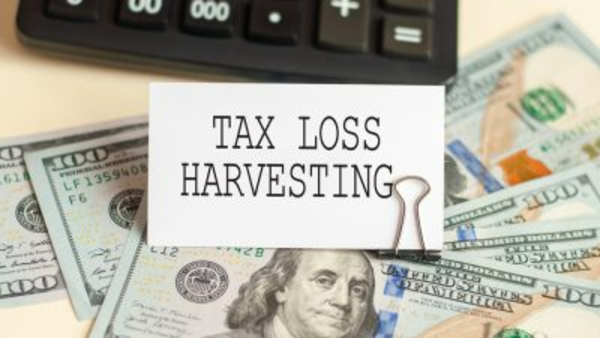As a very volatile year winds down, it’s time for investors to contemplate their tax loss harvesting strategies. Tax loss harvesting involves selling an investment at a loss, then reinvesting the proceeds of that sale into another asset.
The Bloomberg U.S. Aggregate Bond Index is down 16% as of September 30. Meanwhile, the average intermediate core ETF is down 15.9%. Data from Bloomberg Finance show that only 31% of active intermediate core managers are outperforming their benchmarks.
So, as Matthew J. Bartolini, head of SPDR Americas research from State Street Global Advisors, noted, there are “plenty of tax-loss harvesting opportunities across fixed income.”
“As volatility persists, consider investing your sale proceeds in a core bond exposure with a flexible active mandate that supports defensive positioning,” Bartolini added.
As part of its lineup of active exchange traded funds, T. Rowe Price offers a suite of actively managed fixed income ETFs, including the T. Rowe Price QM U.S. Bond ETF (TAGG ), the T. Rowe Price Total Return ETF (TOTR ), the T. Rowe Price Ultra Short-Term Bond ETF (TBUX ), and the recently launched T. Rowe Price U.S. High Yield ETF (THYF ).
“Actively managed fixed income ETFs are able to sort through the bond universe to find securities with relatively strong risk and reward attributes for the current environment,” said Todd Rosenbluth, head of research at VettaFi. “As bond yields have climbed higher in 2022, there are securities that are mispriced and available for the skilled manager.”
T. Rowe Price has been in the investing business for over 80 years, conducting field research firsthand with companies, utilizing risk management, and employing a team of experienced portfolio managers carrying an average of 22 years of experience.
For more news, information, and strategy, visit our Active ETF Channel.

